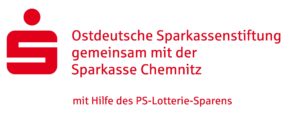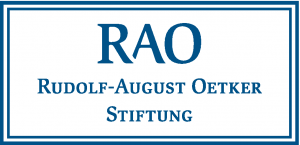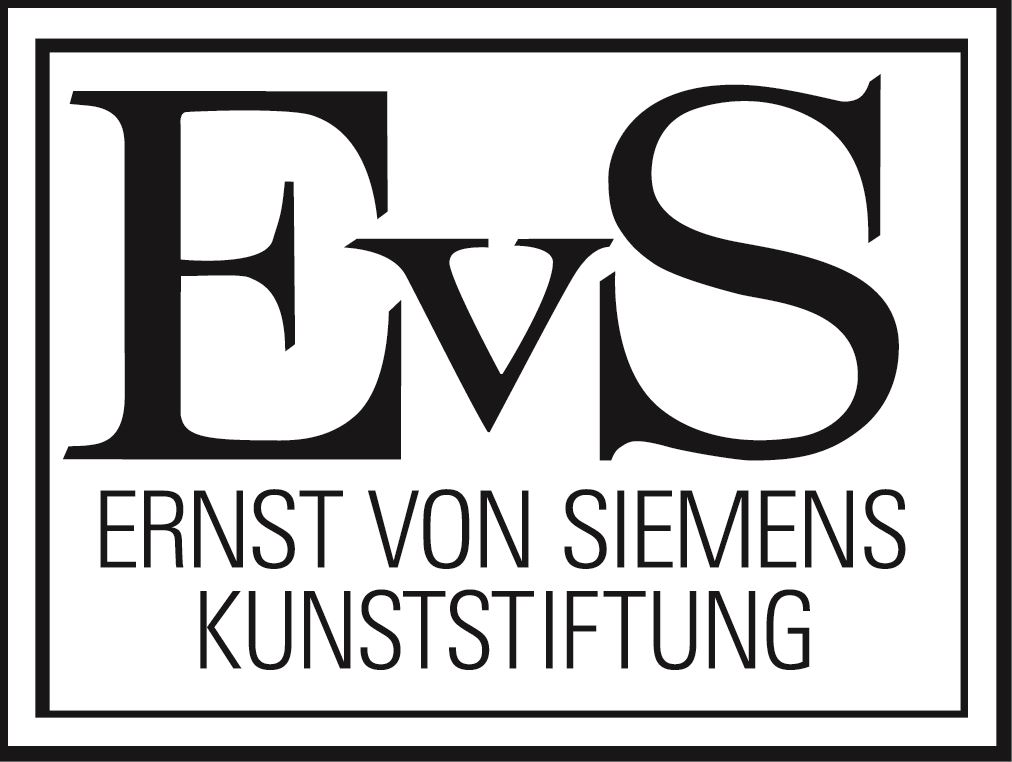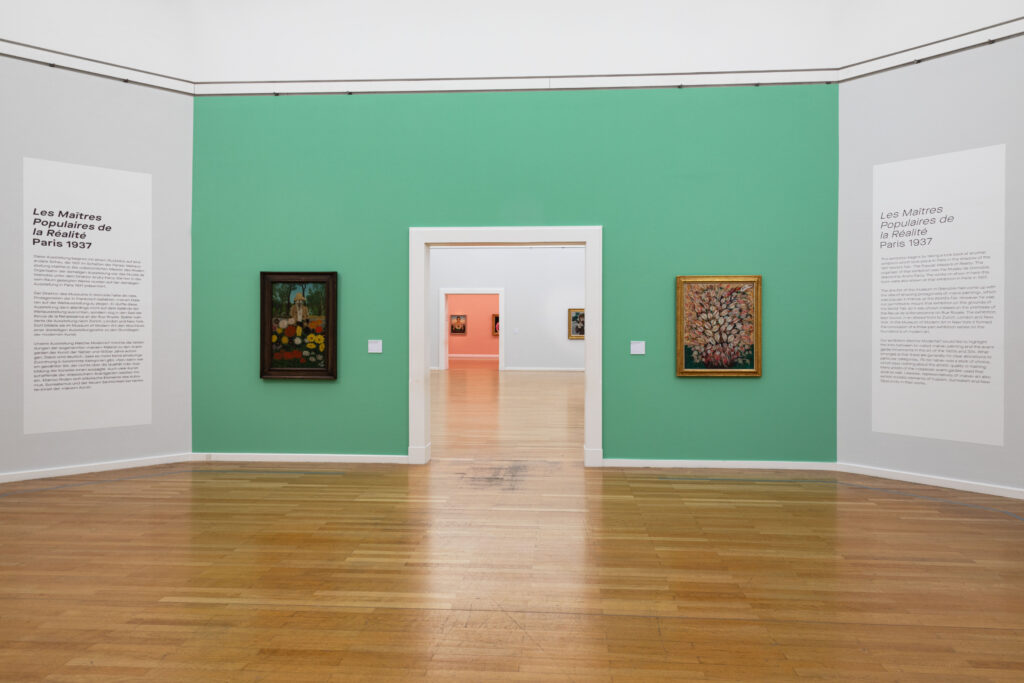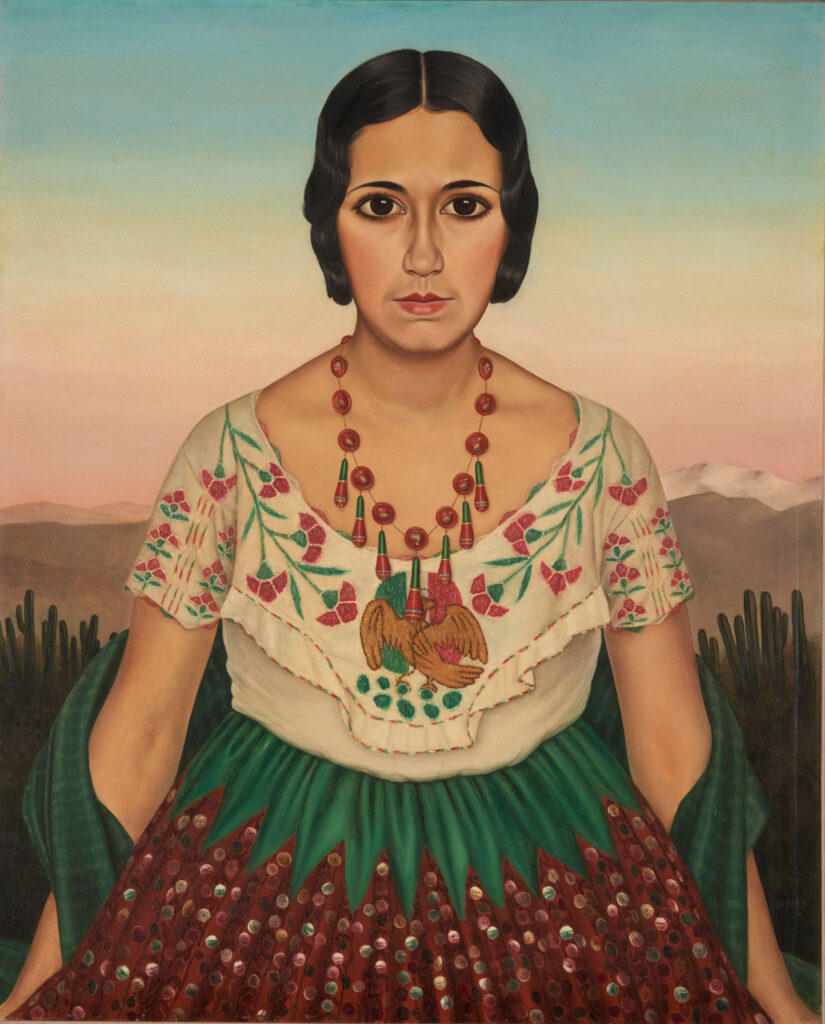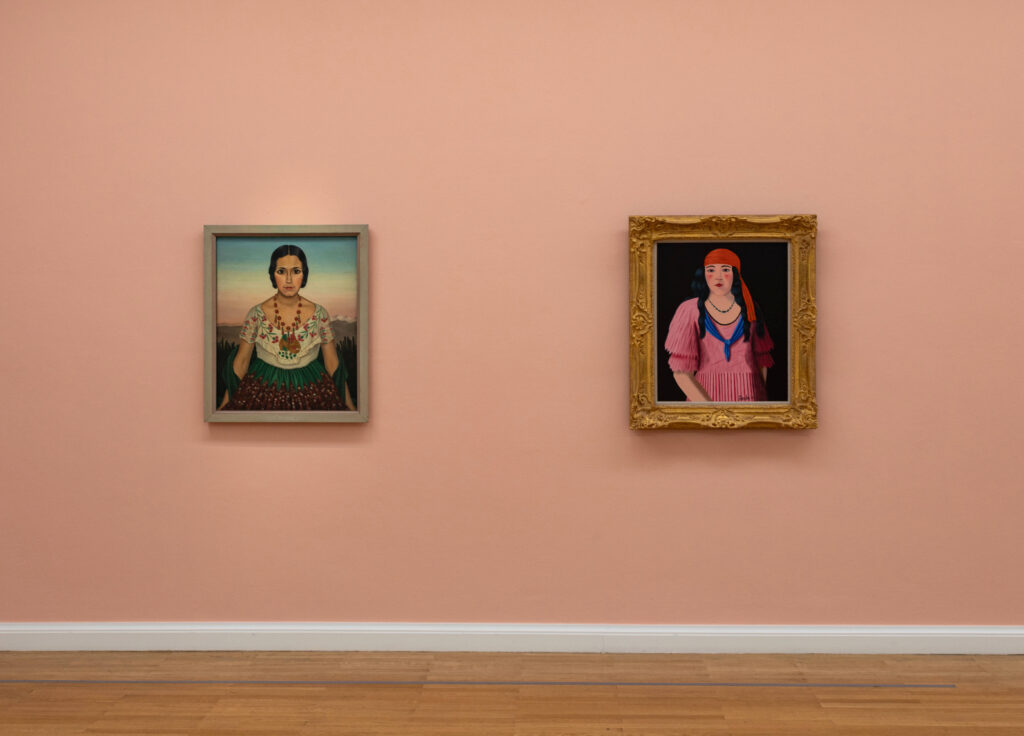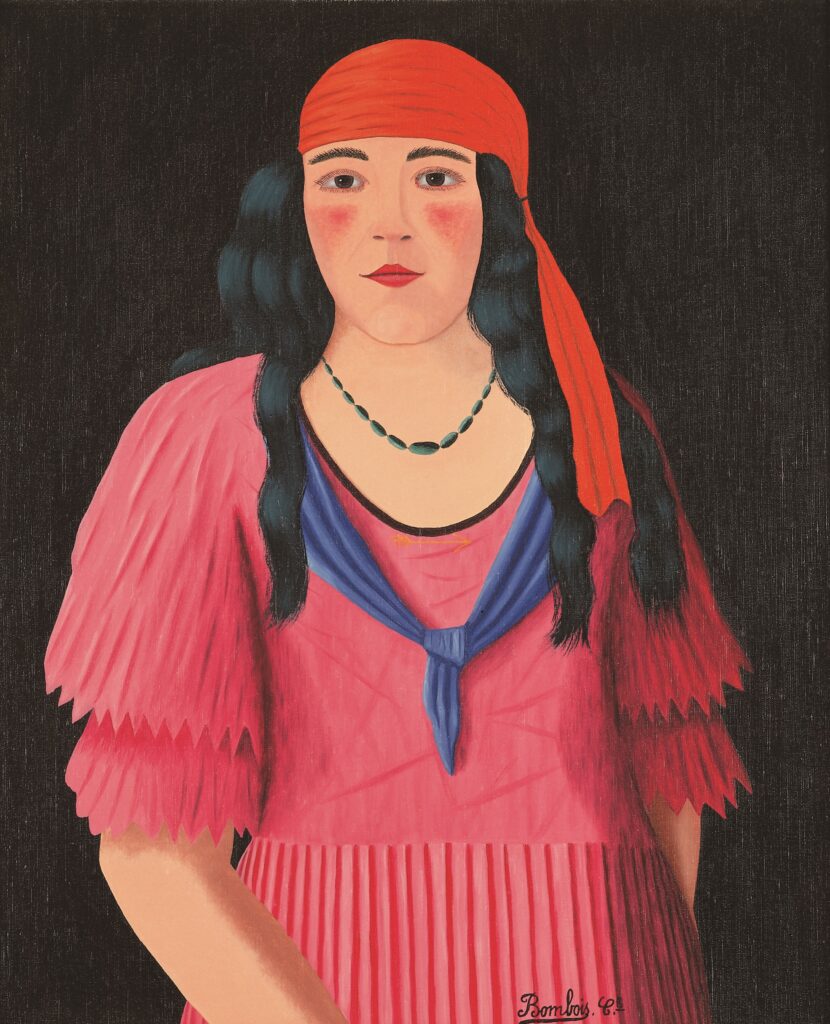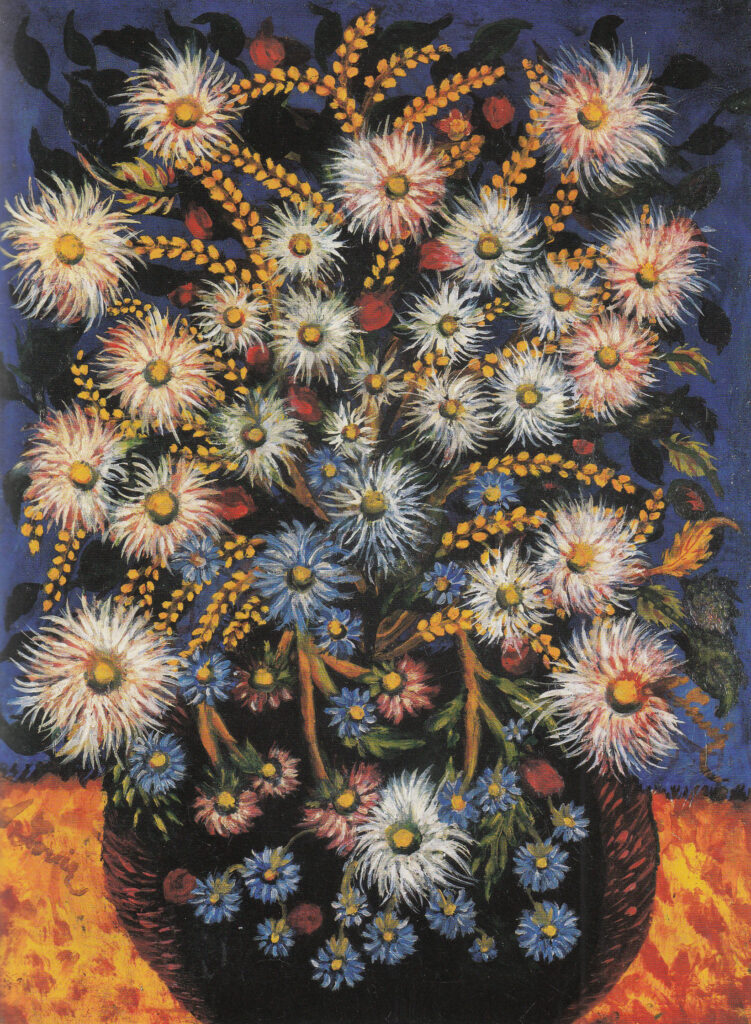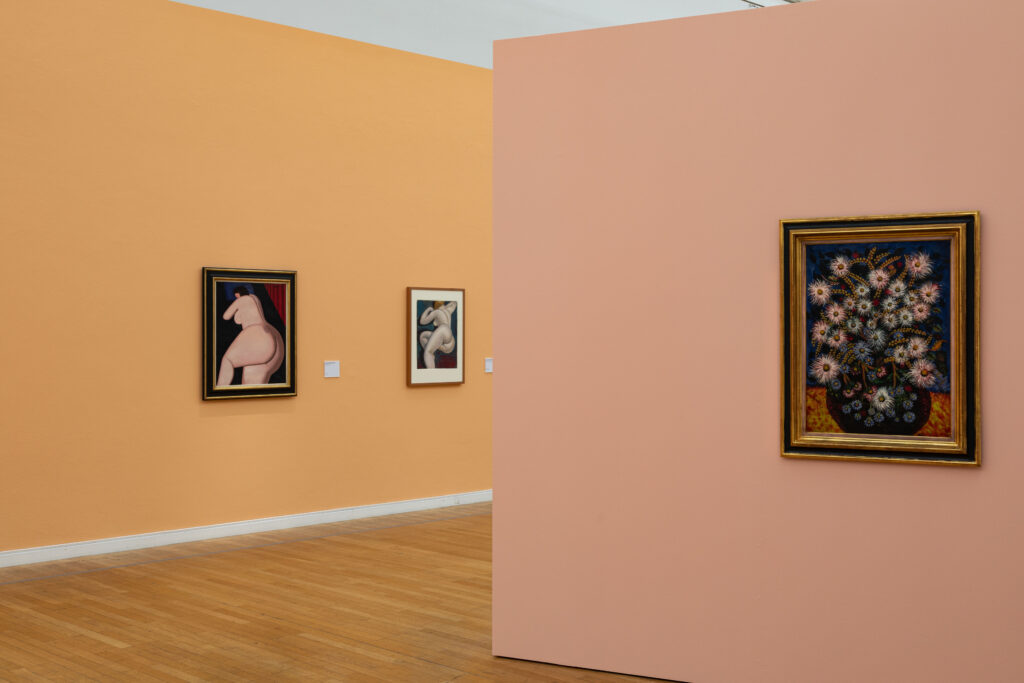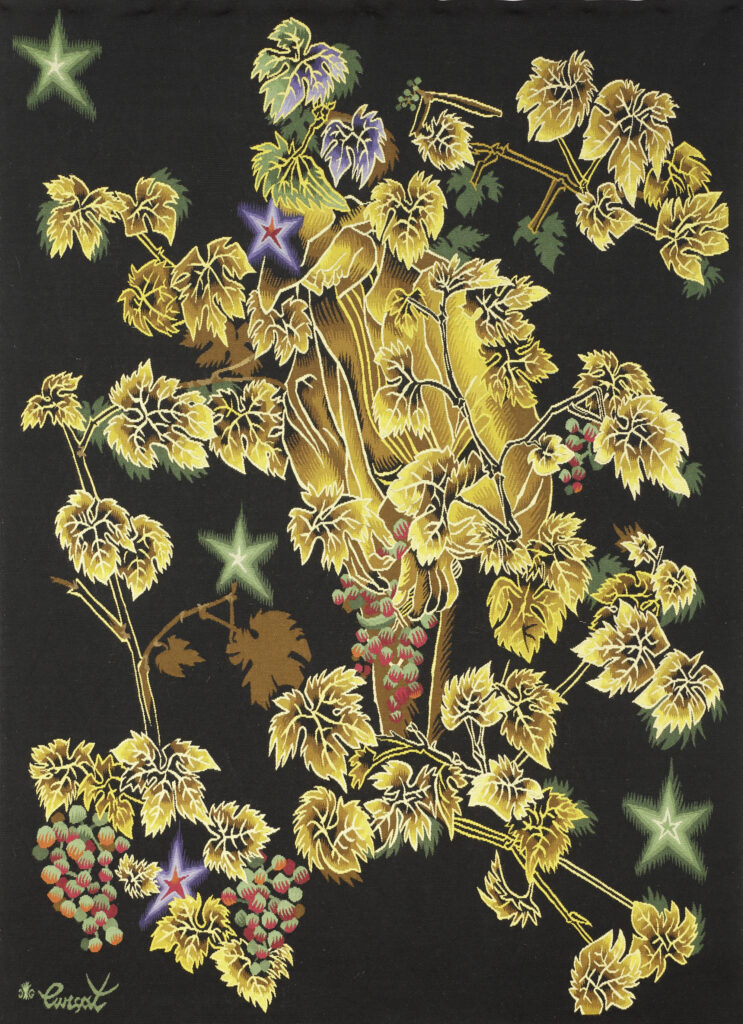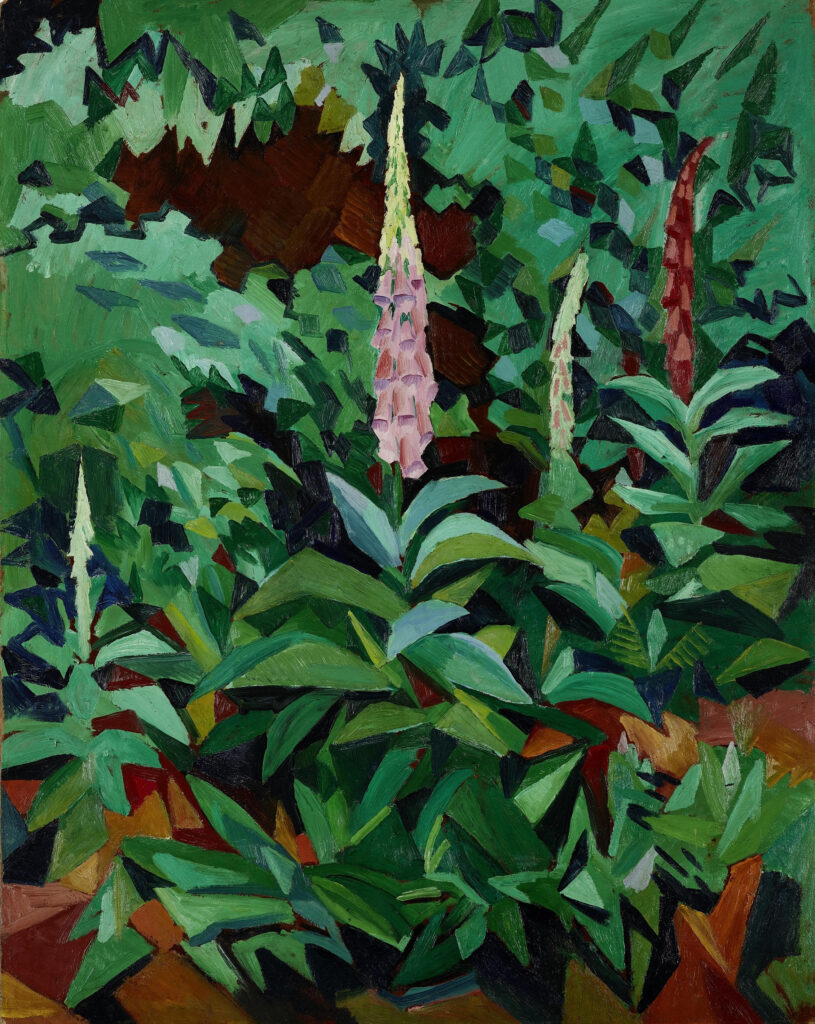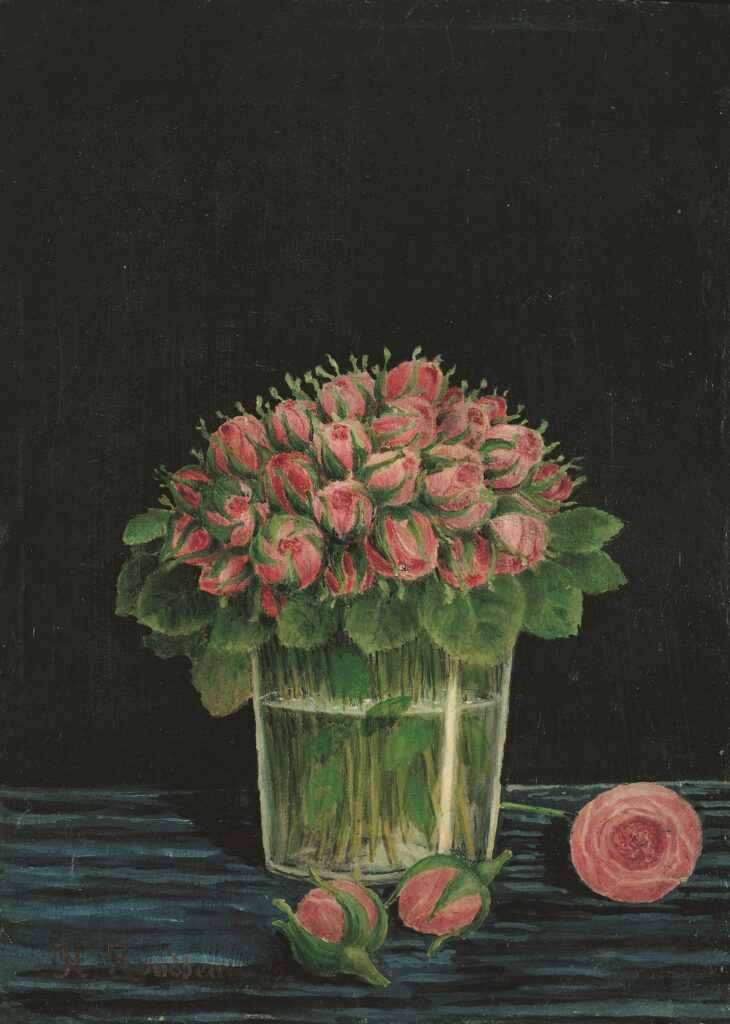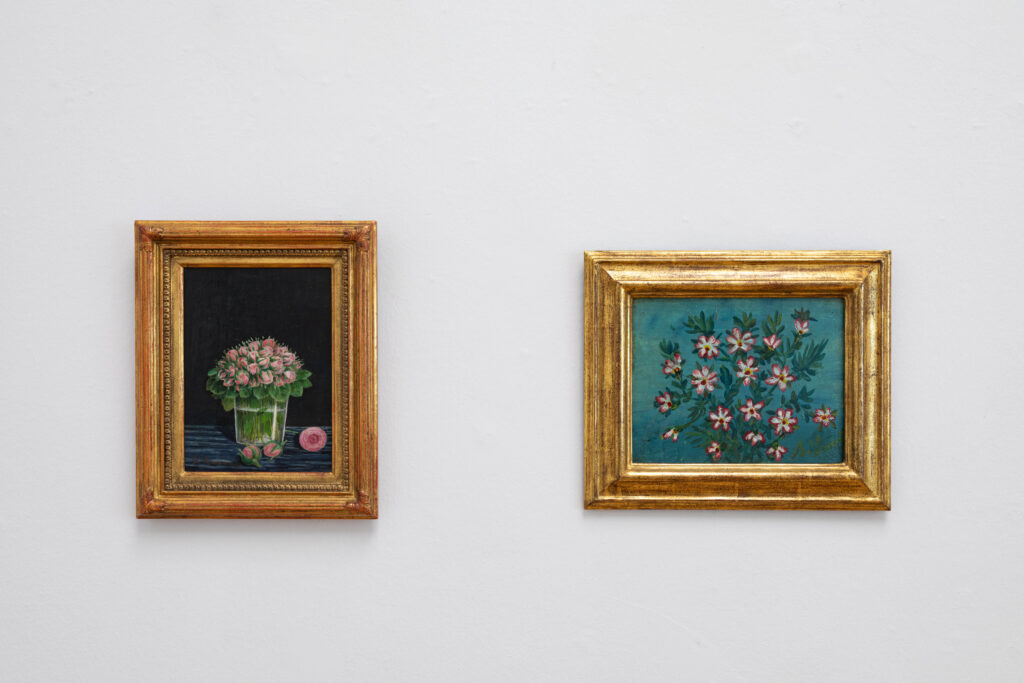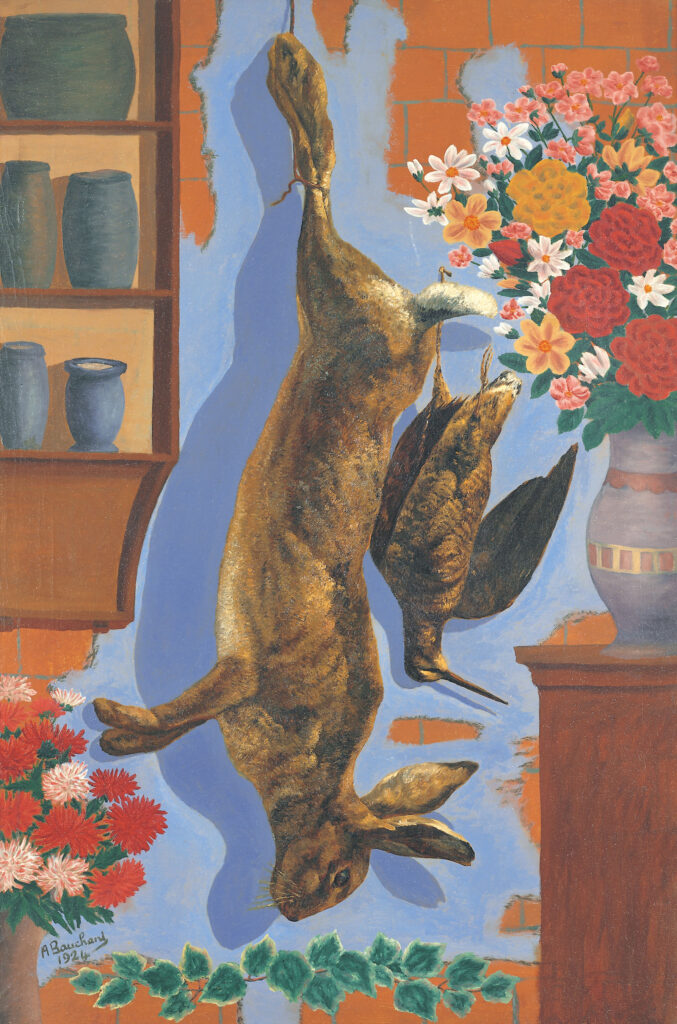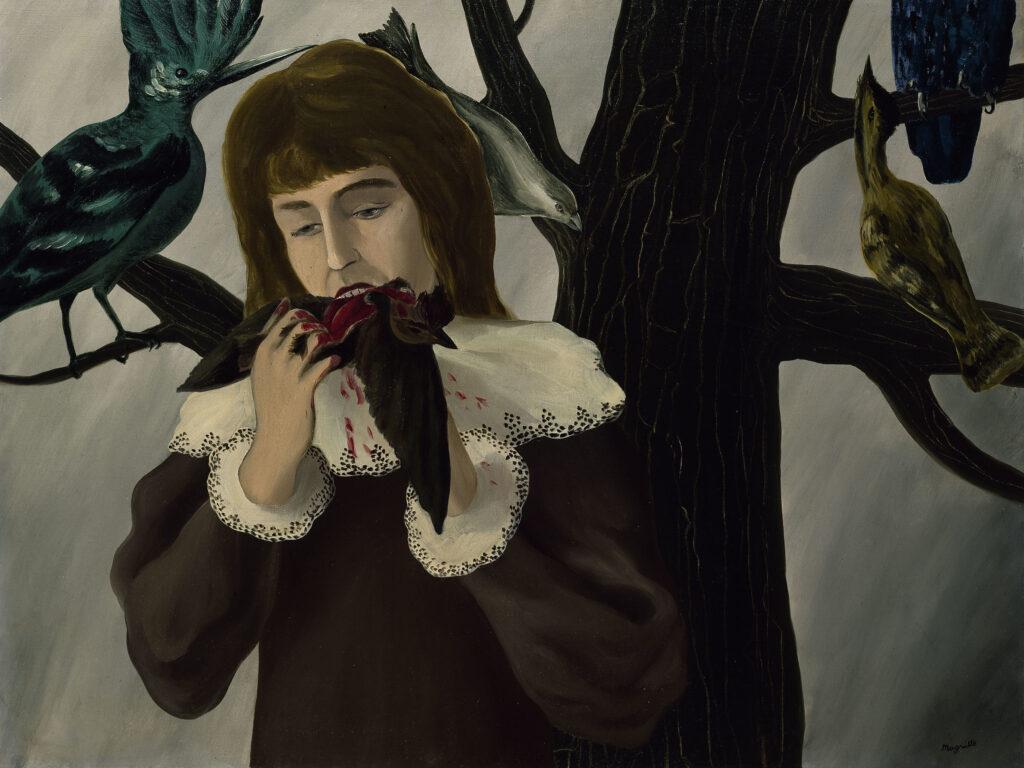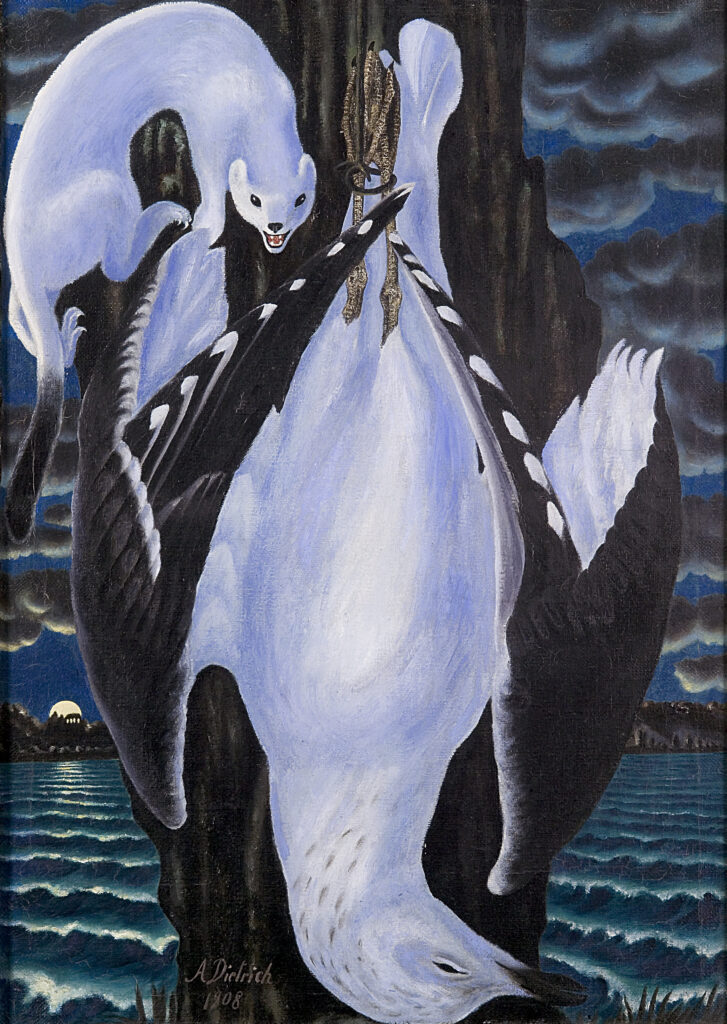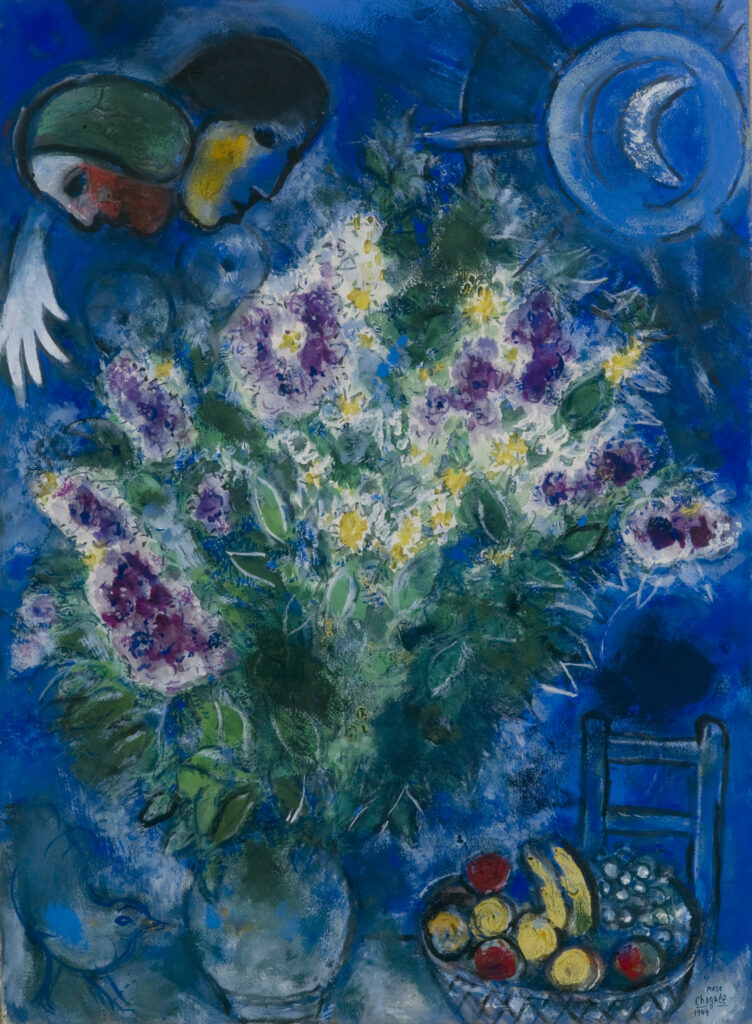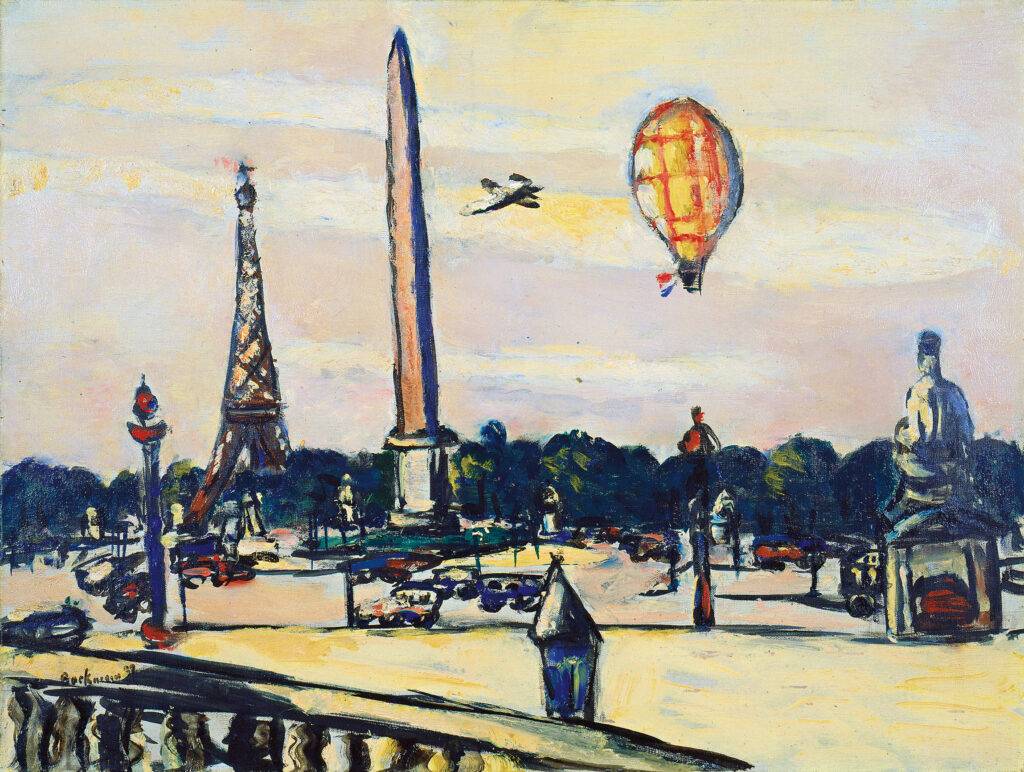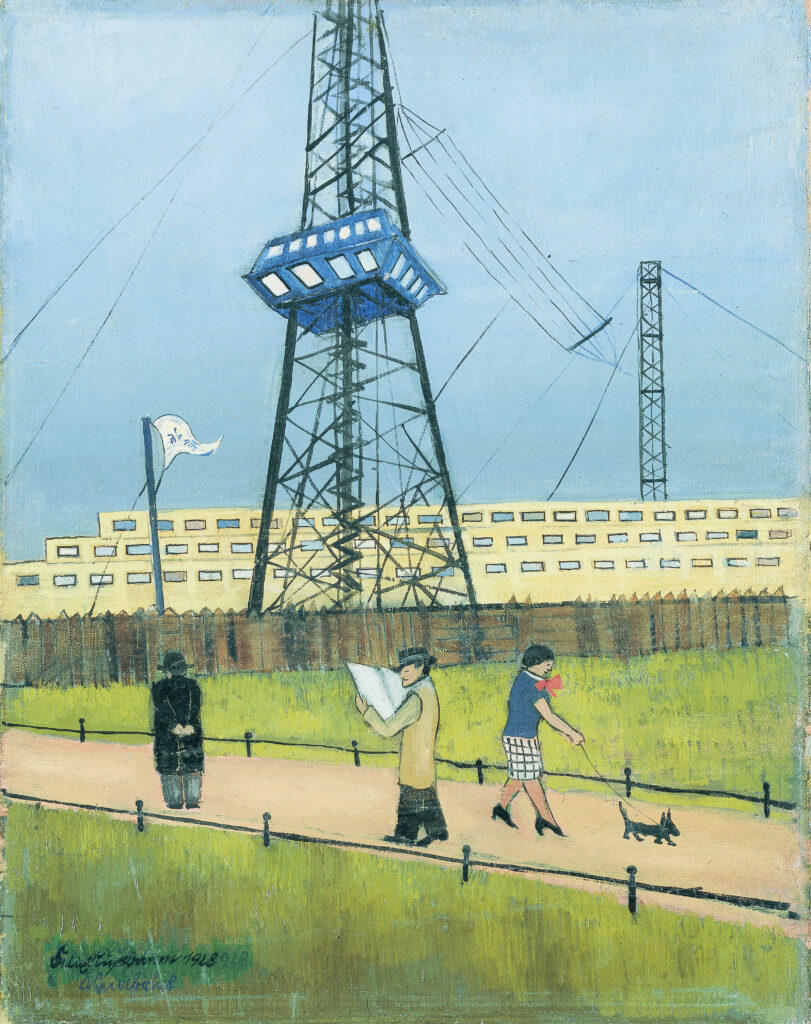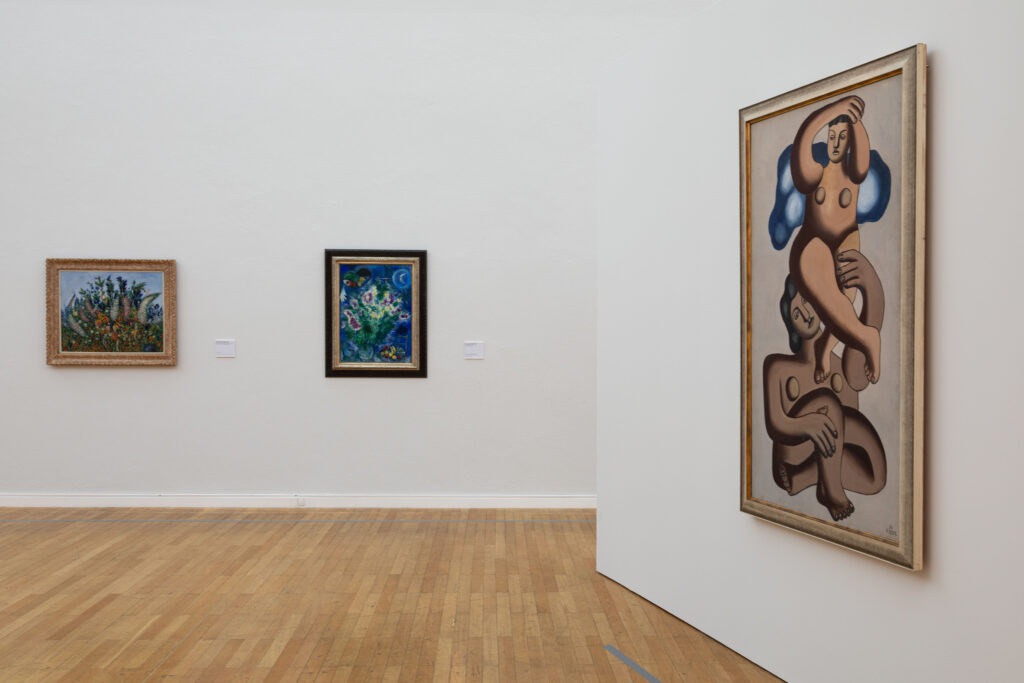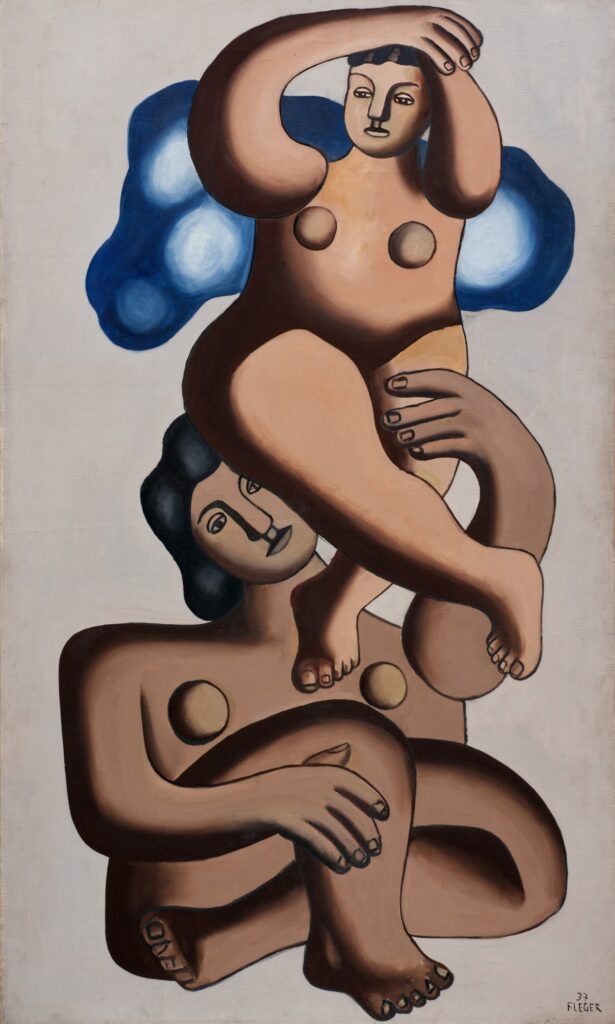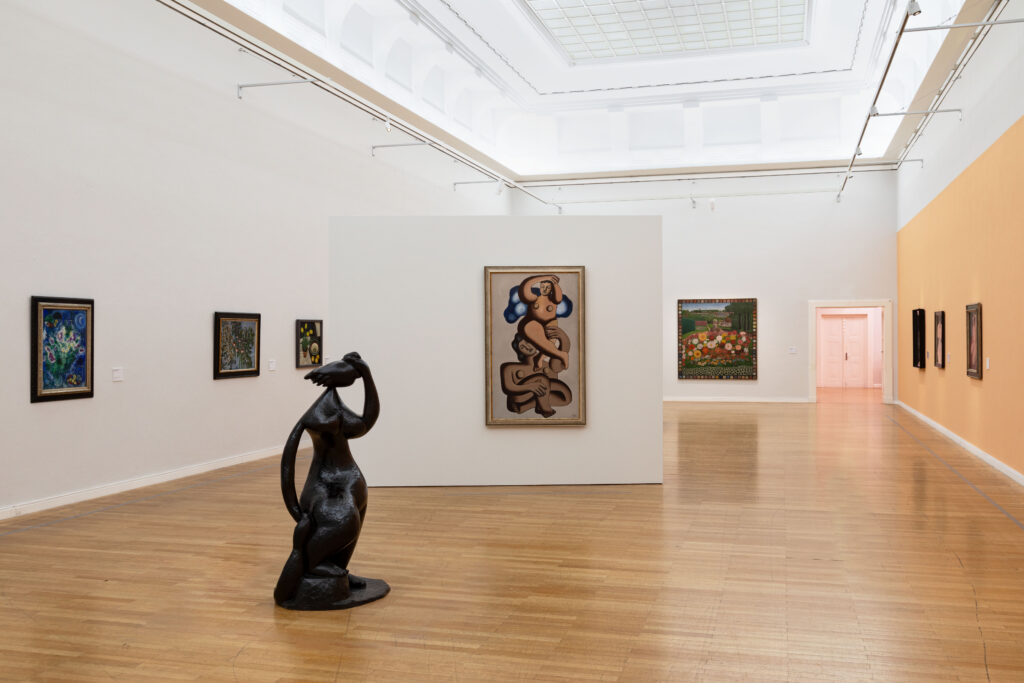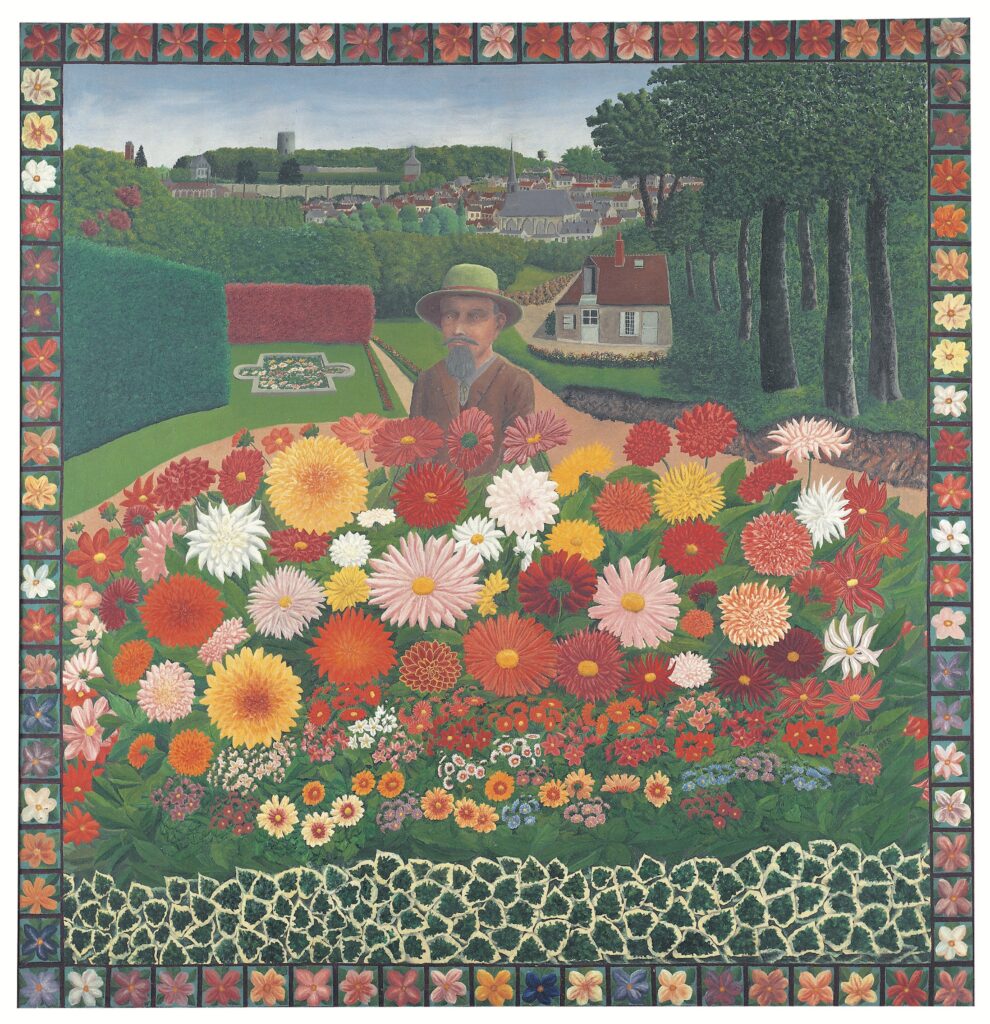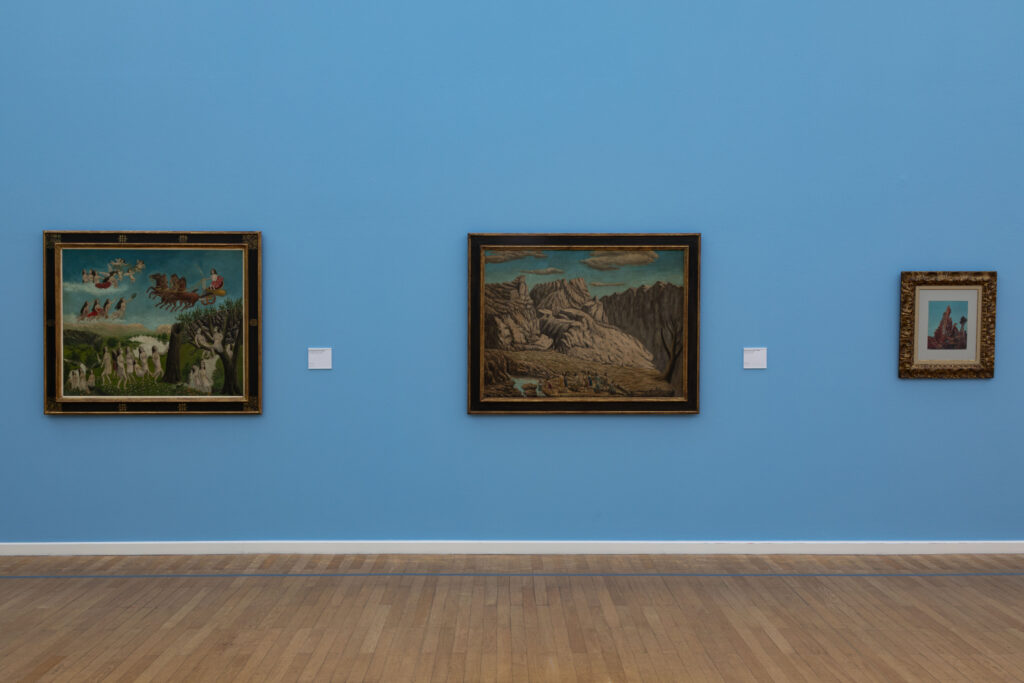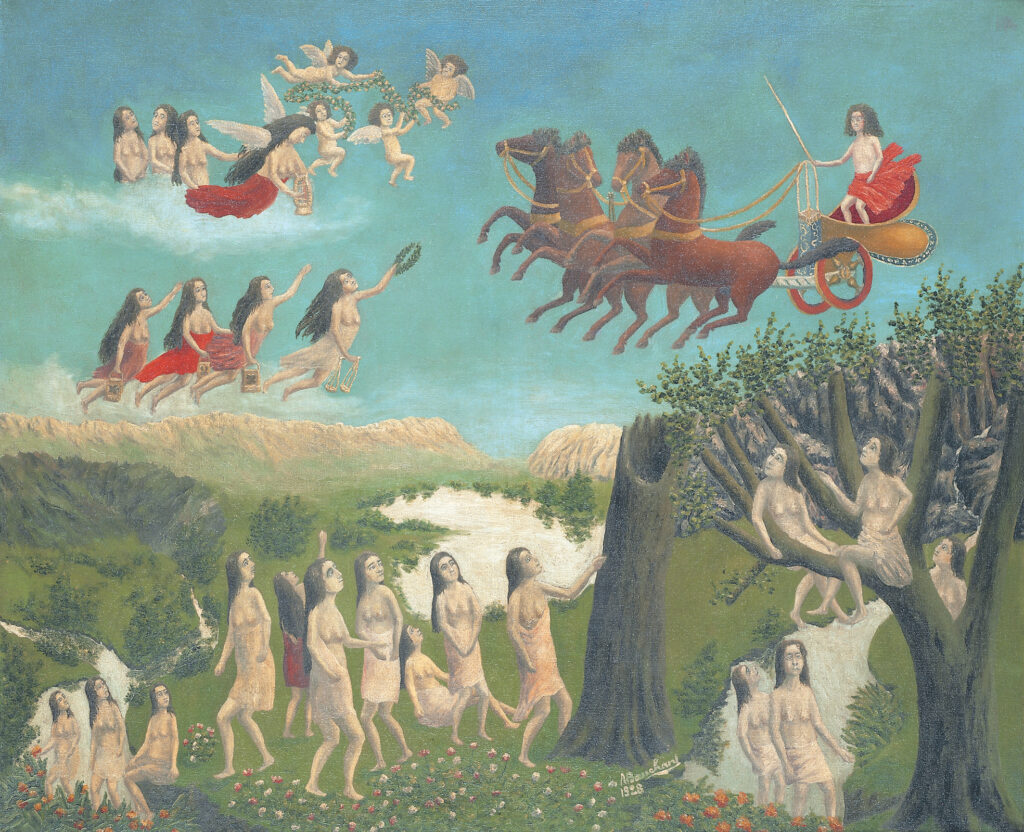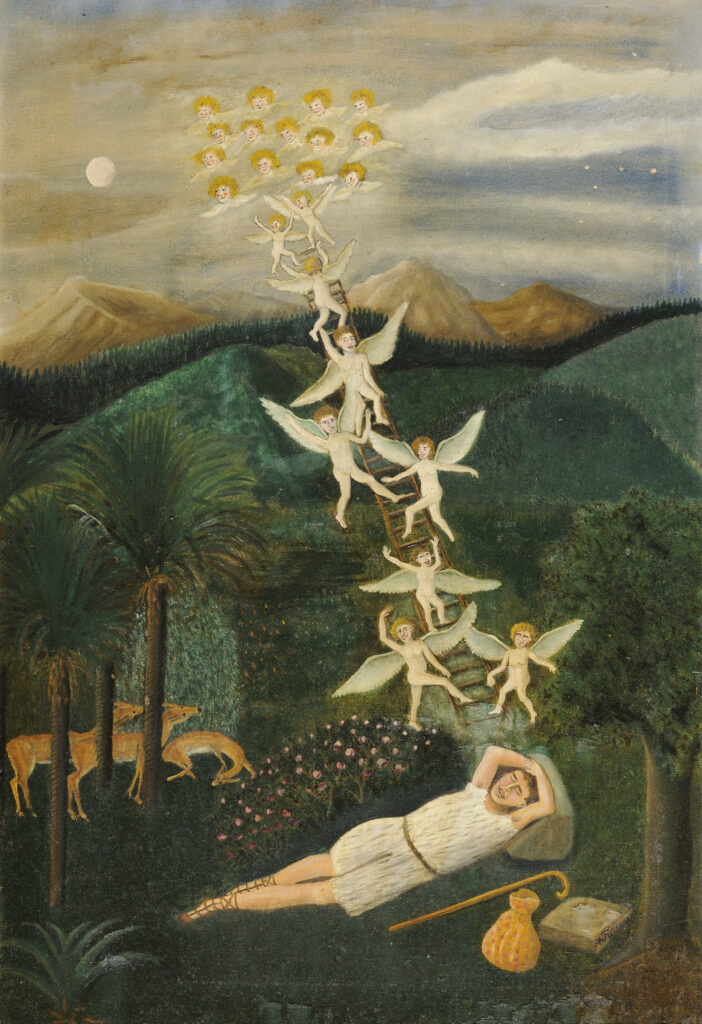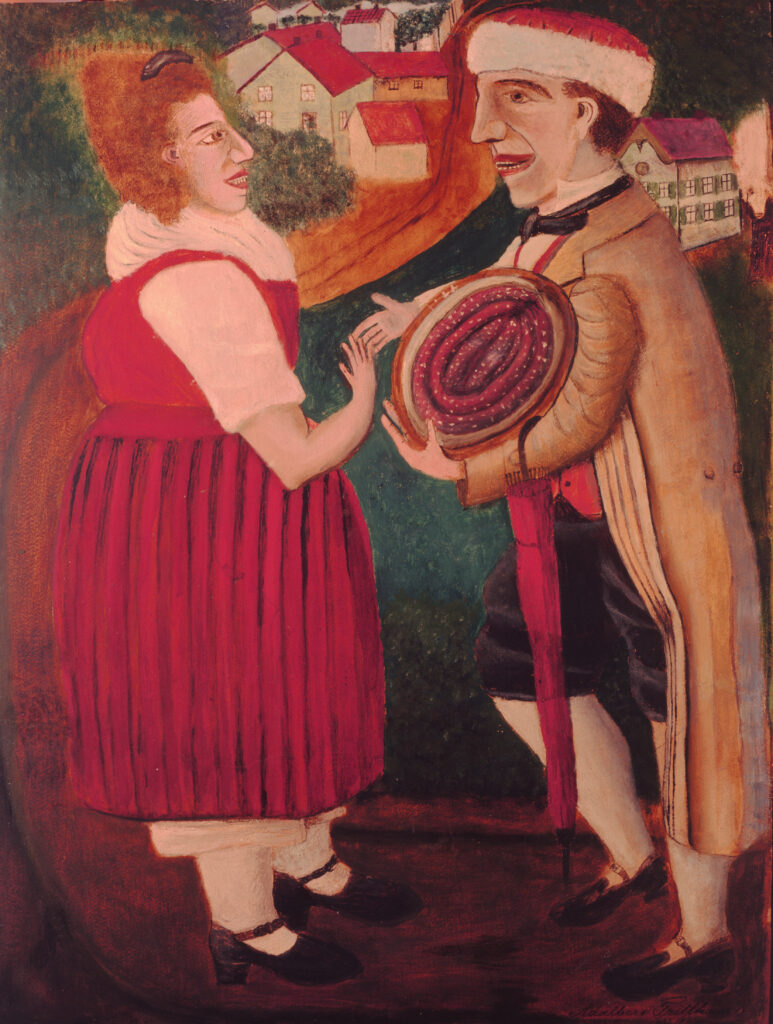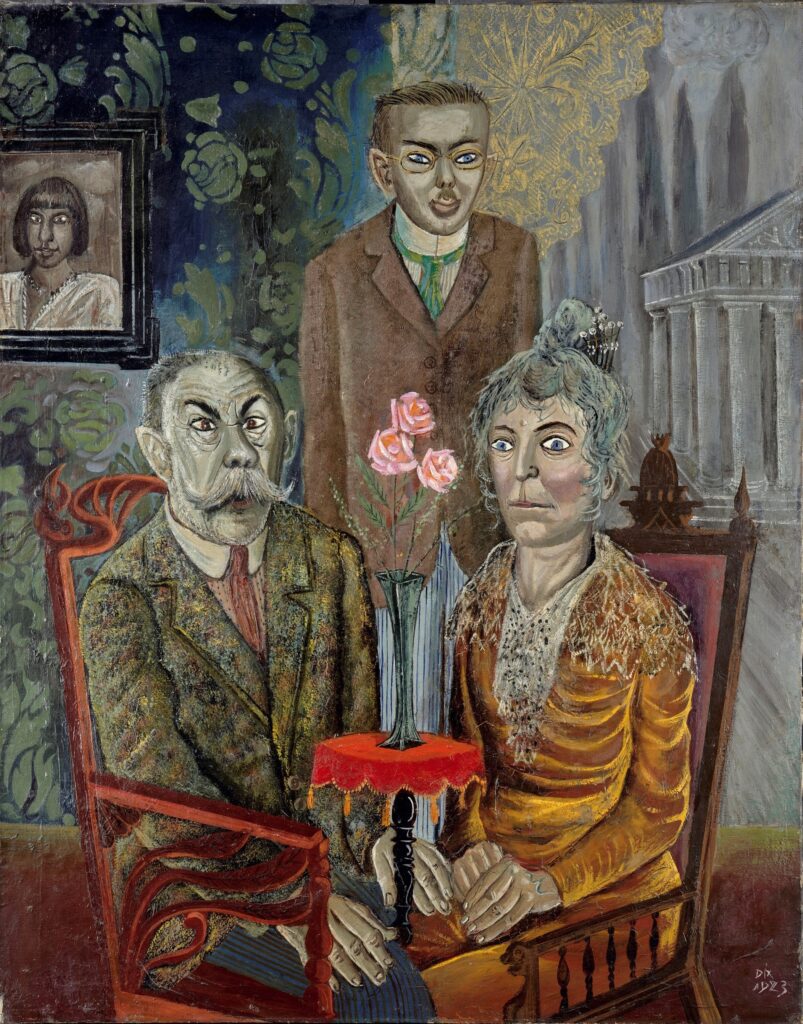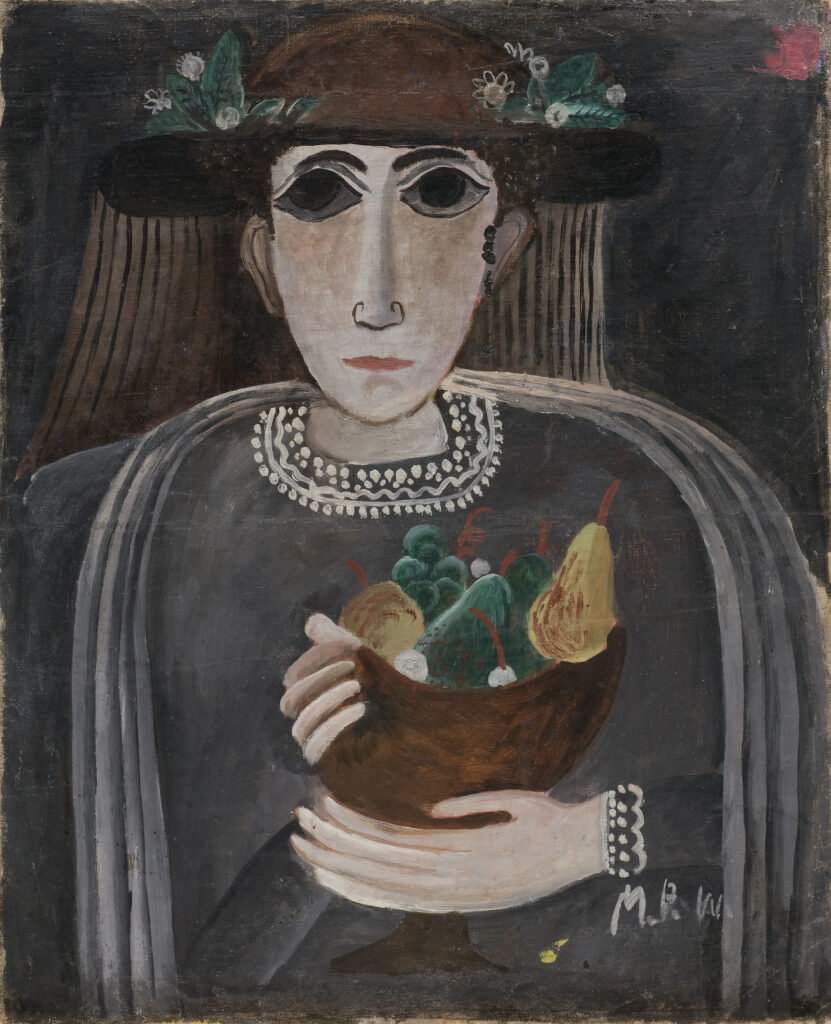Which modernism?
In- und Outsider der Avantgarde
The exhibition is dedicated to two poles of modern art between the two world wars. The focus is on a re-evaluation of so-called naïve painting and avant-garde positions, such as Cubism, New Objectivity and Surrealism. A high-caliber selection of around 100 works tells the story of relationships, networks, and mutual influences between well-known protagonists of Classical Modernism and lesser-known autodidacts of naïve art. It enables a new reading and puts the canon of “in”- and “outsiders” up for discussion.
The center is the historical exhibition Les Maîtres populaires de la réalité. This took place in 1937 in the hall of the Revue de la Renaissance in Paris; in the shadow of the World’s Fair, which was dominated by strong ideological juxtapositions; Stalinist and Nazi megalomaniac architectures and sculptures. The show Les Maîtres populaires de la réalité featured works by Henri Rousseau, Séraphine Louis, André Bauchant, and Camille Bombois, among others. The artists never saw themselves as a unified group, but they were seen as a popular counter-movement to other styles, with whose representatives they were in close contact. The exhibition was later shown in modified form in Zurich, London, and later in New York. Afterwards it became quieter and most of the artists shown there were initially forgotten again.
The exhibition, based on an idea by Manja Wilkens, was created in close cooperation between the Kunstsammlungen Chemnitz and the Sprengel Museum Hannover. Numerous works in the exhibition come from the collections of both museums. They are supplemented by exquisite national and international loans and, in particular, an extensive convolute from the private Zander Collection.
A catalog accompanying the exhibition has been published by Distanz Verlag, Berlin.
With works by: André Bauchant, Max Beckmann, Camille Bombois, Heinrich Campendonk, Marc Chagall, Edith Dettmann, Adolf Dietrich, Otto Dix, Max Ernst, Kurt Günther, Alexander Kanoldt, Fernand Léger, Séraphine Louis, Jean Lurçat, August Macke, René Magritte, Max Peiffer-Watenphul Dominique Peyronnet, Henri Rousseau, Felix Nussbaum, Christian Schad, Georg Schrimpf, Karl Schwesig, Richard Seewald, Adalbert Trillhaase, Maurice Utrillo, Louis Vivin, Gustav Wunderwald und anderen…
In cooperation with
![]()
Sponsored by
